Today we present you a hike that offers everything: A quiet and shady tour through the oak forests of Monte Conero with occasional breathtaking views of both the Adriatic coast and the Sibillini Mountains, and for those who want, we are in Le Marche after all, a taste of culture and gastronomy.
We start at the Hotel Monte Conero, the former Camaldolese monastery “Badia di San Pietro”: Coming from the north on the SP1 towards Sirolo, turn left at the Sirolo entrance sign and drive up the serpentines to the hotel.
The parking lot in front of the hotel’s driveway can be very busy at times, but it is spacious enough to find a space.
Lace up your shoes and off you go, first on hiking trail 301/a towards “Belvedere Nord” and “Pian Grande” along the road that is closed to cars and runs on the left side of the military area. When we pass the military area, we see two entrances to abandoned bunkers and military tunnels on the right.
A few meters further on we come to a crossroads, go straight through the red-white barrier and dive into the forest of Monte Conero.

After a short time we reach the first panorama point “Belvedere Nord”, which offers a wide view of the coast of Monte Conero and Ancona.
We continue to follow the red and white marked forest hiking trail towards “Piani di Ragetti”, which leads us through mixed forests, including holm oaks and fragrant pine trees. Every now and then there are views of the sea. We see wild asparagus plants on the edge – in autumn, when we were there, already woody and shot. Pity!
After a while we turn onto path 306c, which is also marked with red and white, which leads in the direction of “grotte Romane” and “Piano di Raggetti”. Shortly afterwards, on the right hand side, a bumpy, steep path leads down over roots to the “Grotte Romane”. The grottoes were already used in pre-Christian times, expanded by the Romans and used as hiding places by the partigiani during World War II.
Continue on path 306 in the direction of “piano di Raggetti”, which soon opens into a large meadow, precisely the “Piano di Raggetti” (Raggetti meadow). From there you have a fantastic panoramic view – you can see a long stretch of the southern Adriatic coast and, if you turn around, the Sibillini mountain range in the hinterland from the height of Ascoli in the south to the height of Pesaro in the north!
According to an information sign, the meadow was created when Monte Conero was artificially afforested at the beginning of the last century and a field was cut out at this point. Later, when this was no longer cultivated, this wild meadow was created, which offers a habitat for many animals and is placed under special protection by the EU. It is preserved by means of grazing animals or by mowing and kept from overgrowing. It was named after the Raggetti farming family who once farmed the field. If you look very closely, you will see the ruins of the former farmhouse at the edge of the meadow, where the forest goes back to.
We follow path 301 again, which takes us through the forest back to our parking lot: only the last few meters lead up the road to the hotel, but you can also walk parallel to this through the forest to the parking lot.
The Hotel Monte Conero is located directly at the car park, and its guests are pampered with an overwhelming view of the Adriatic coast.
The hotel used to be a monastery (Badia di San Pietro), built around the year 1000 from the special stone of Monte Conero. A few hermits lived near the church who did not initially belong to any order. Then came the Benedictines who also made some changes to the church. From the 16th century the Gonzaghiani (an order founded in Gonzaga near Mantua) acquired the monastery, while another order, the Camaldolese, settled in the cave of San Benedetto halfway up Monte Conero. The two orders lived in constant competition with each other and fought regularly. In 1557, however, a large forest fire damaged the Church of San Pietro. The Gonzaghaini then moved away and the Camaldolese officially became the owners of the Badia San Pietro and rebuilt it with their own hands. They stayed there until 1860, when the church lost many possessions during the unification of Italy and the monastery complex was transferred to the municipality of Sirolo. As a result, the monastery changed hands several times and in 1958 it became the property of the Melappioni family. This is how the “Hotel Monte Conero” was born.
Inside the simple Romanesque church, which is part of the hotel complex but open to visitors, the beautifully decorated capitals of the columns are particularly striking.
A curiosity at the beginning of the holm oak avenue that leads to the former monastery: an old inscription forbids women from entering the area under threat of excommunication.

We ignore the inscription, stay on the monastery grounds and order a drink on the hotel terrace to enjoy the expansive Adriatic panorama. The bar is also open to non-hotel guests and you pay for the great view with slightly higher, but by no means unaffordable drink prices, because we are still in le Marche!
As an alternative, there is the kiosk on the edge of the parking lot, which sells drinks, paninis and grilled dishes at low prices, or the Birreria a little below, which was unfortunately closed when we were there.
You can also go down the mountain and see the bar “Metàmonte” (half the mountain) halfway up, where the friendly service brings you drinks and marchigian snacks at reasonable prices. The Metàmonte is, I guess (but don’t know for sure), at the place where the Camaldolese monastery was at that time, but which no longer exists today.
When Elke and Otto tried this path, they haven’t found it exhausting, but nevertheless they rewarded themselves with a fish lunch on Numana beach, which is only 15 minutes away by car. Because in the Marche mountains and sea, nature and beach are only a stone’s throw away from each other.
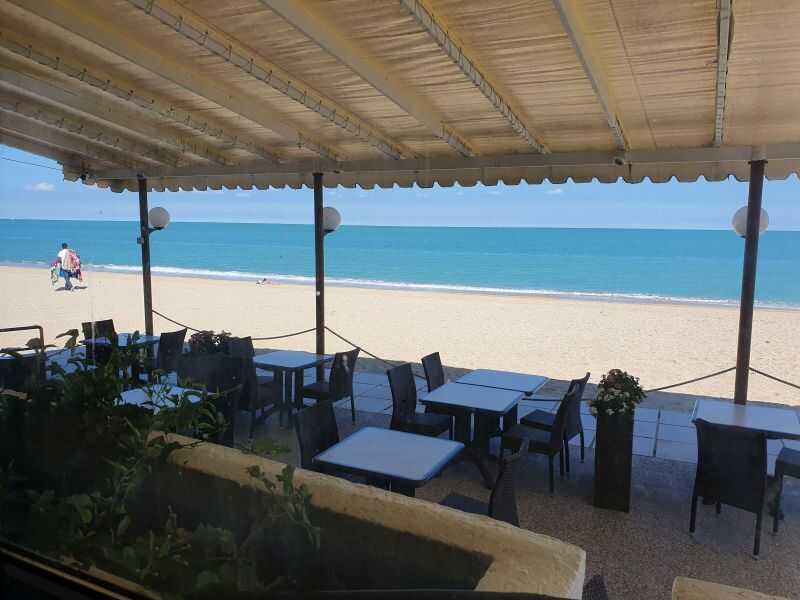
Information and tracks:
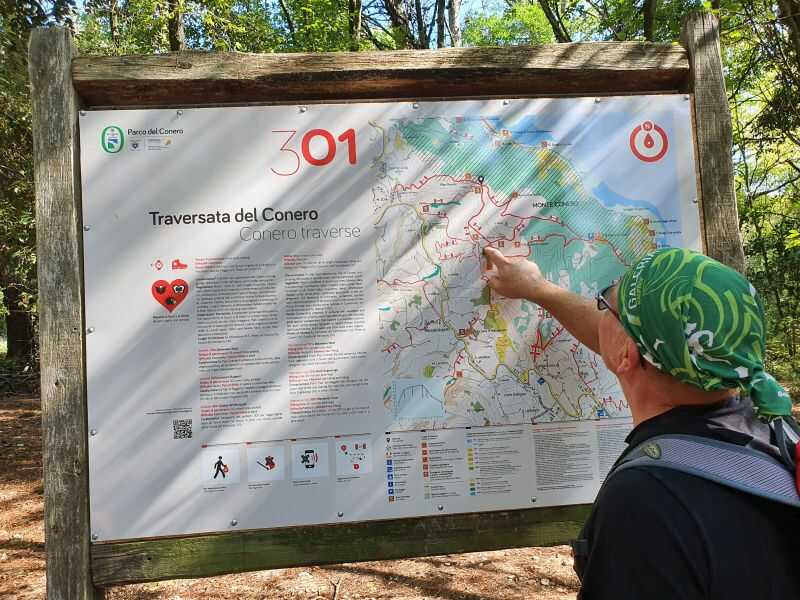
The hiking trails on Monte Conero are marked red and white and well signposted. Our hike was a combination of different tours and with 5.9 km and 240 meters in altitude it was very easy and without any difficult passages.
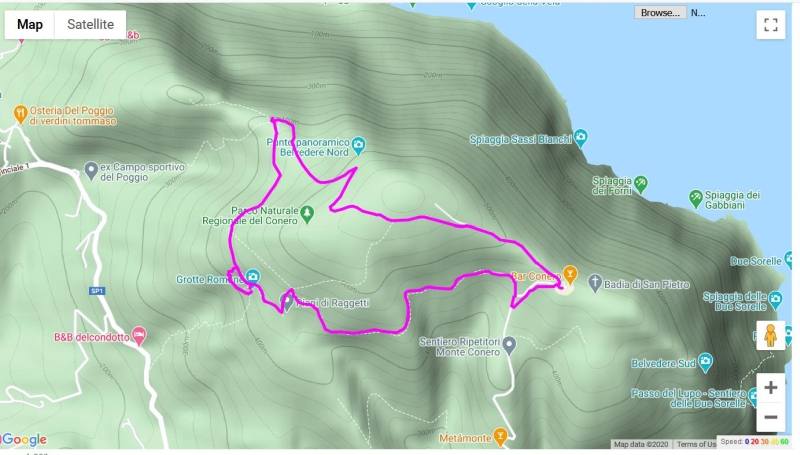
- Here I have saved our GPX track – to view it with GPX viewer or other GPX-enabled programs.
- Here is an overview of the hiking trails: The page is in Italian, but you can download the tracks for your GPS from there.
- Here is another overview with two of the hiking trails (which we have combined) in PDF format in German and English.
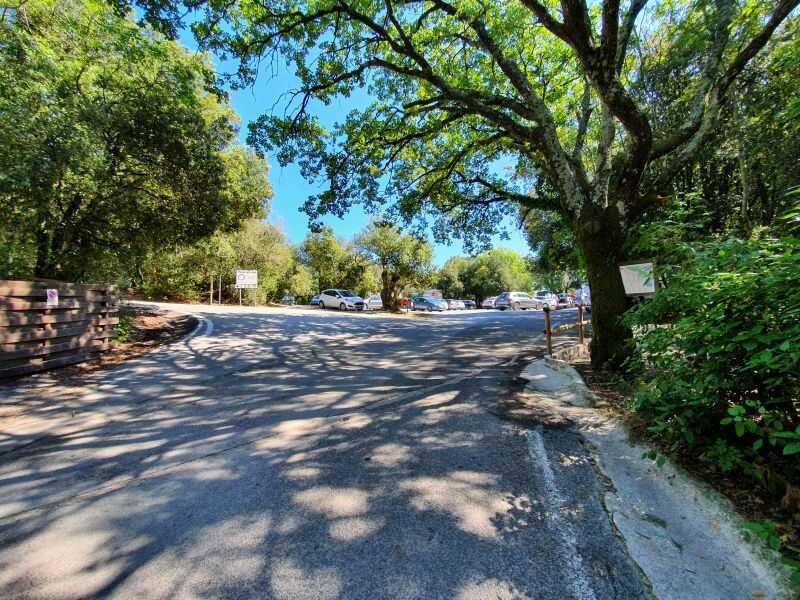
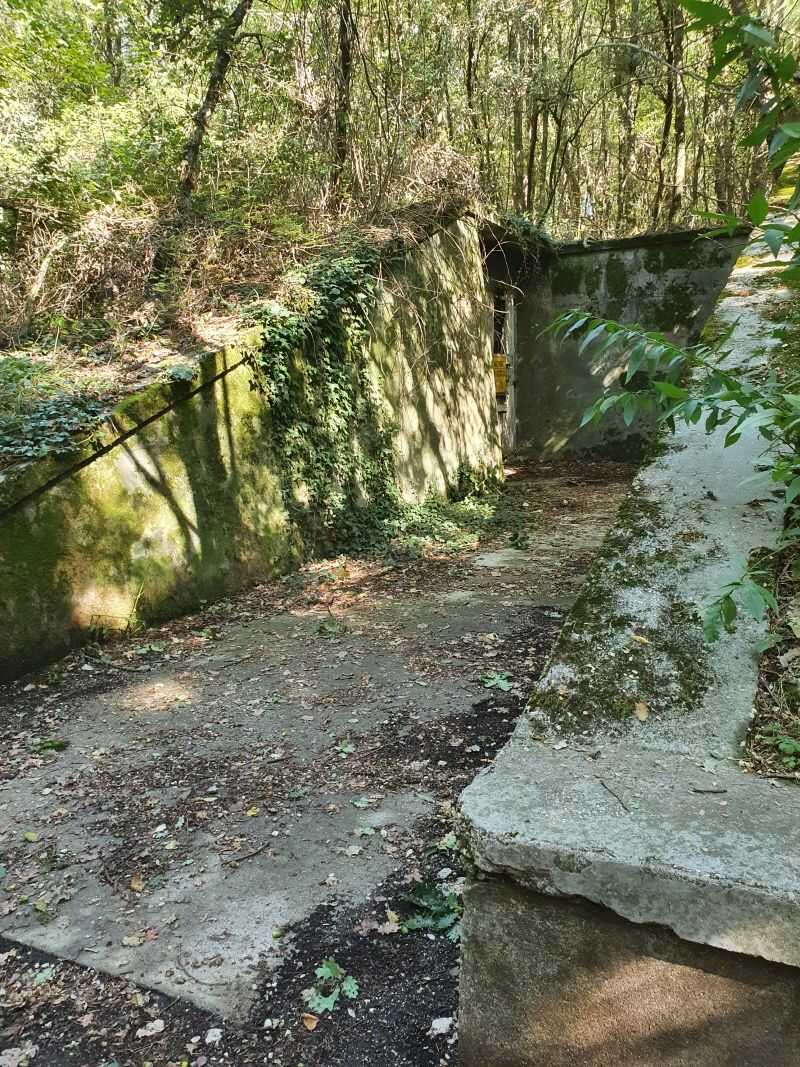
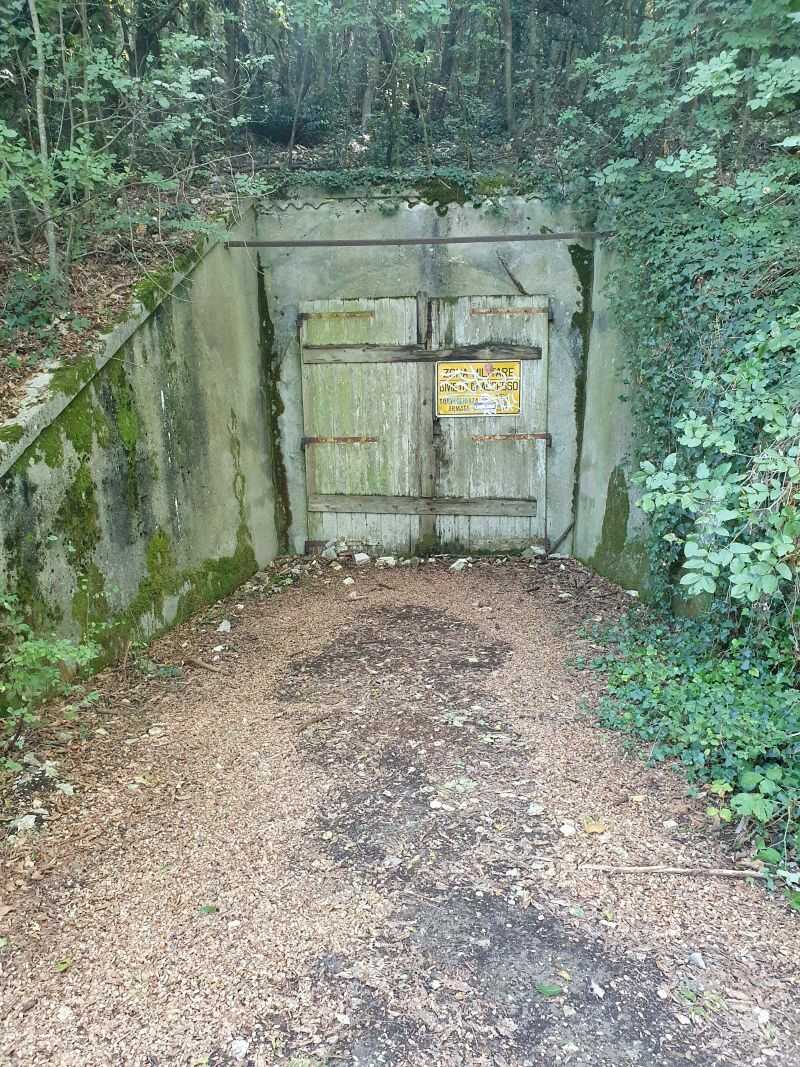
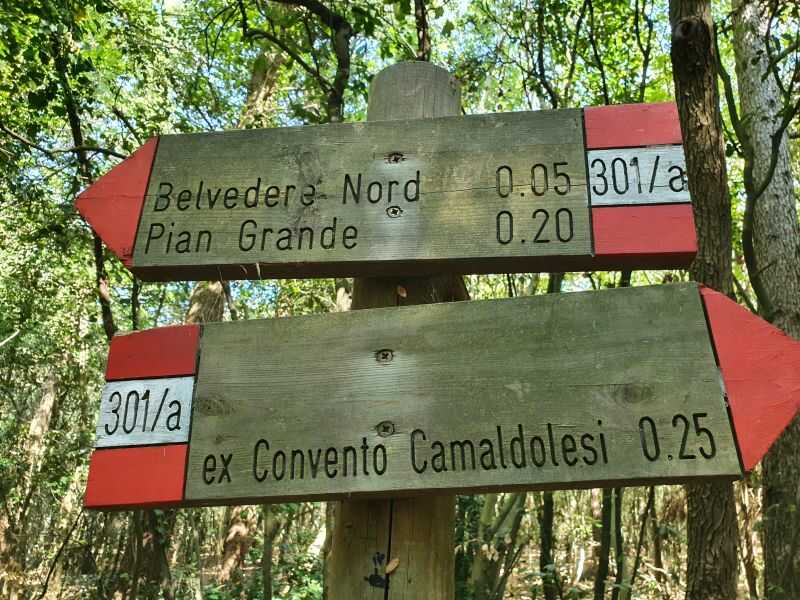
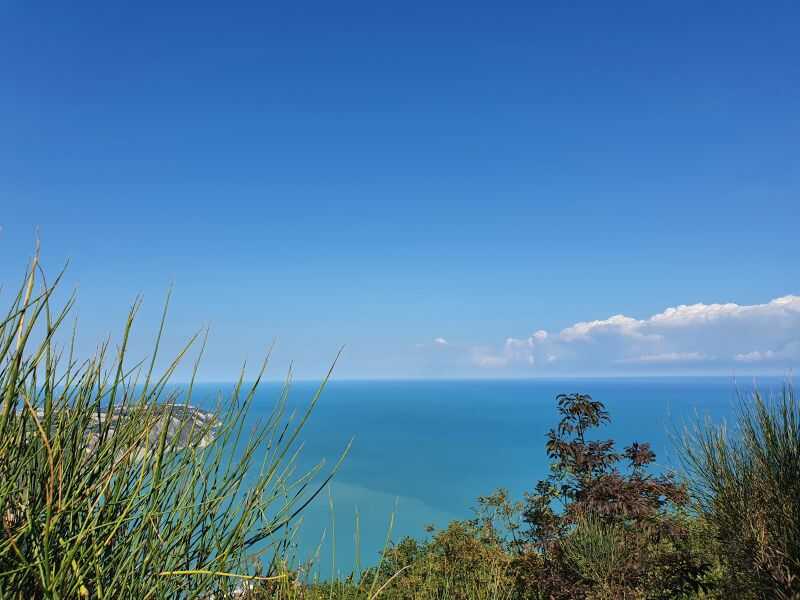

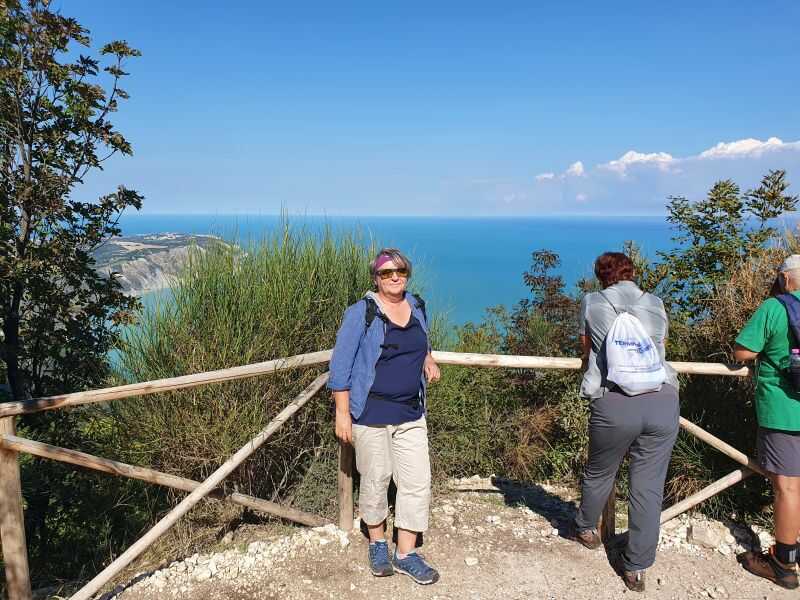
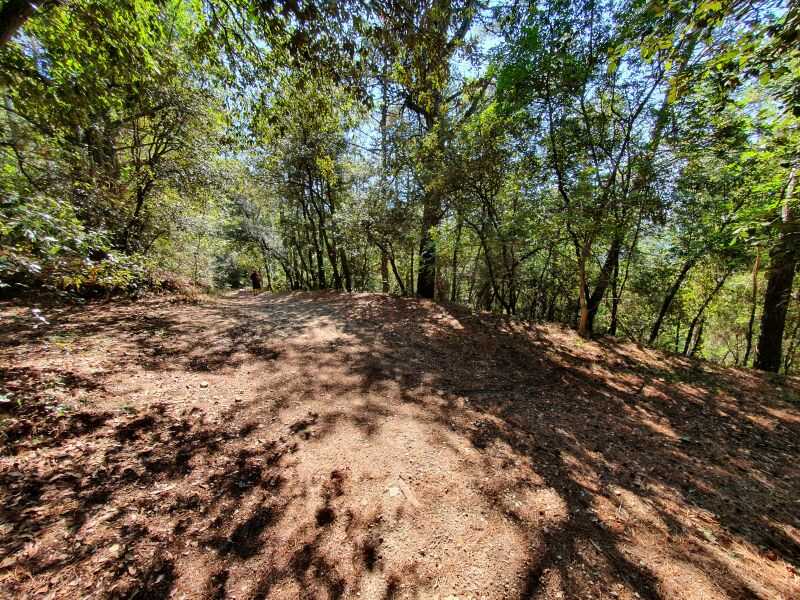
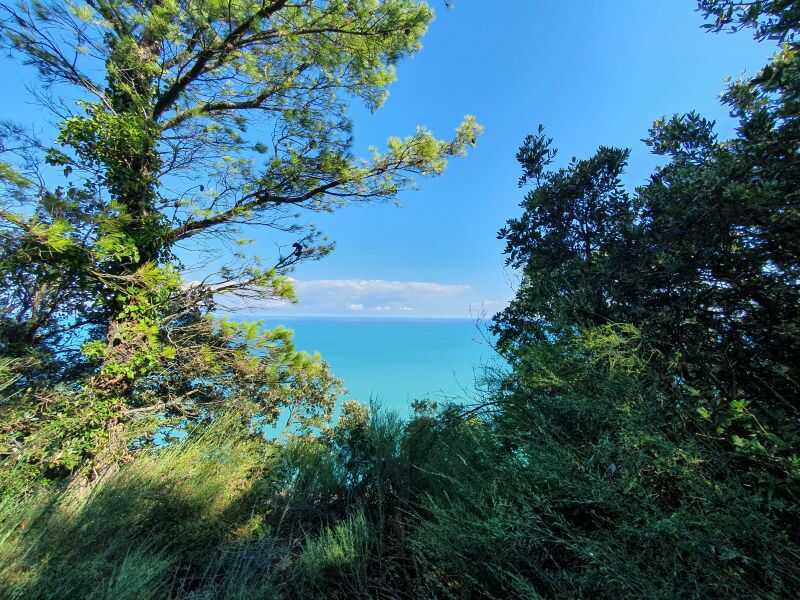
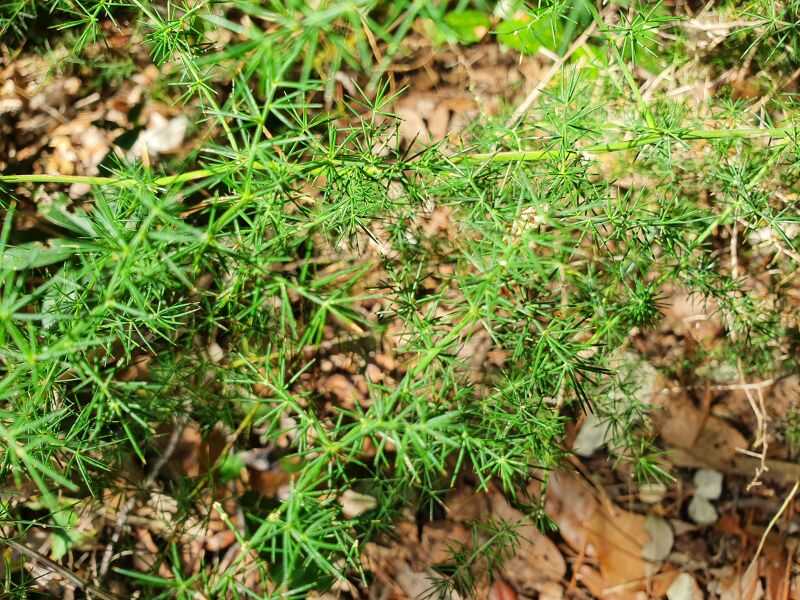
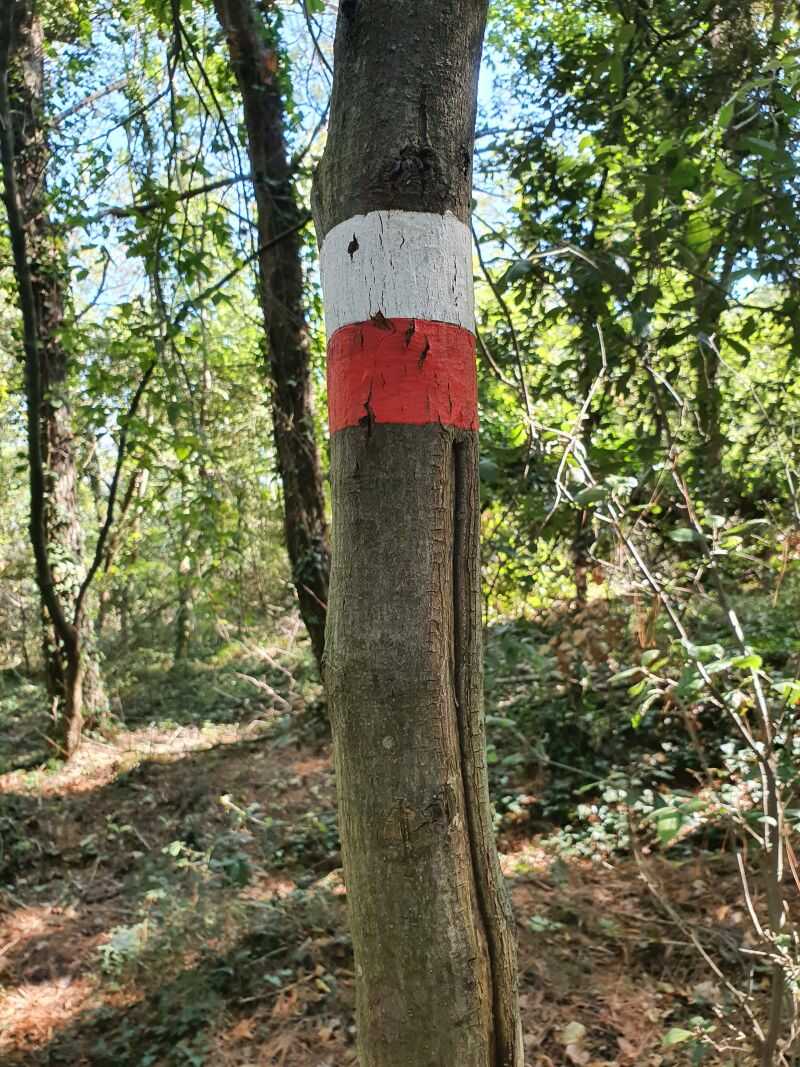
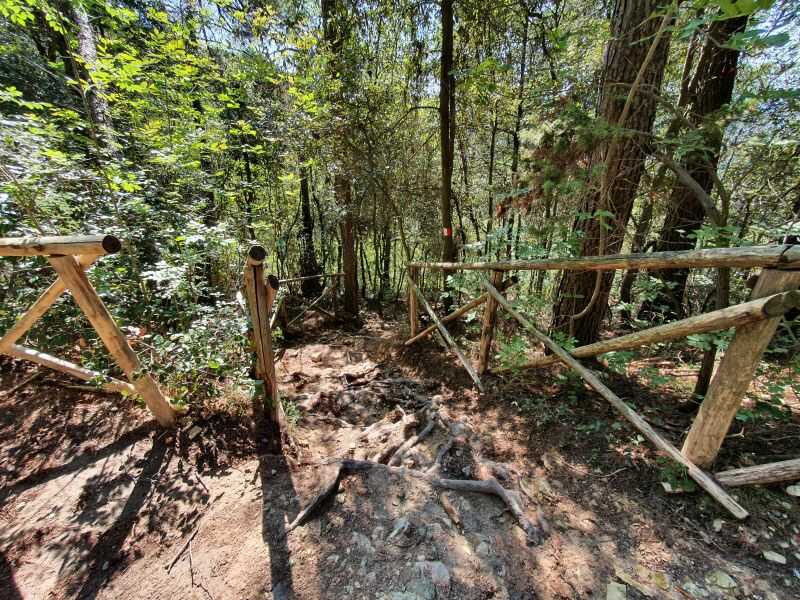
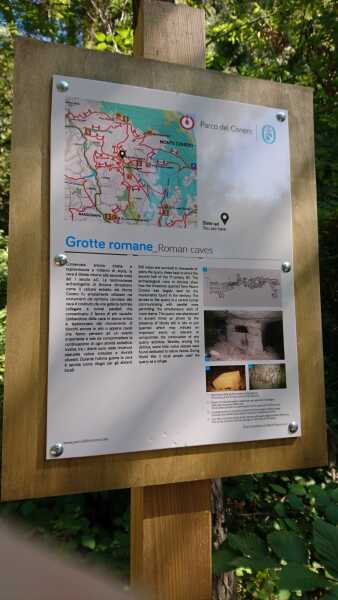
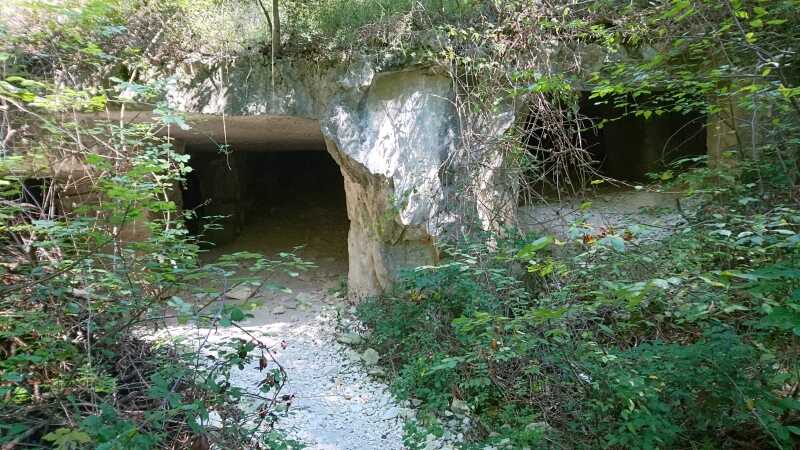
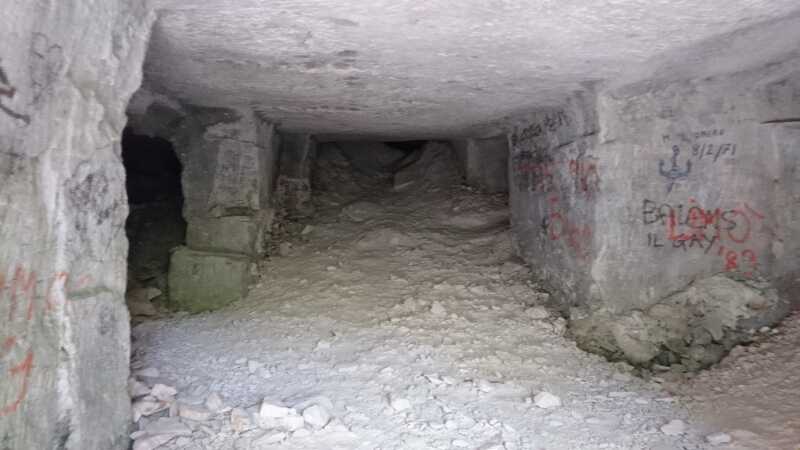
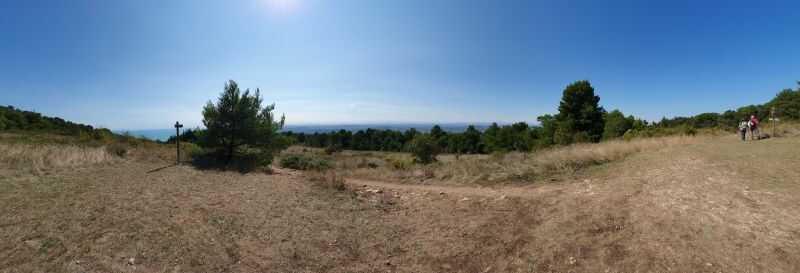
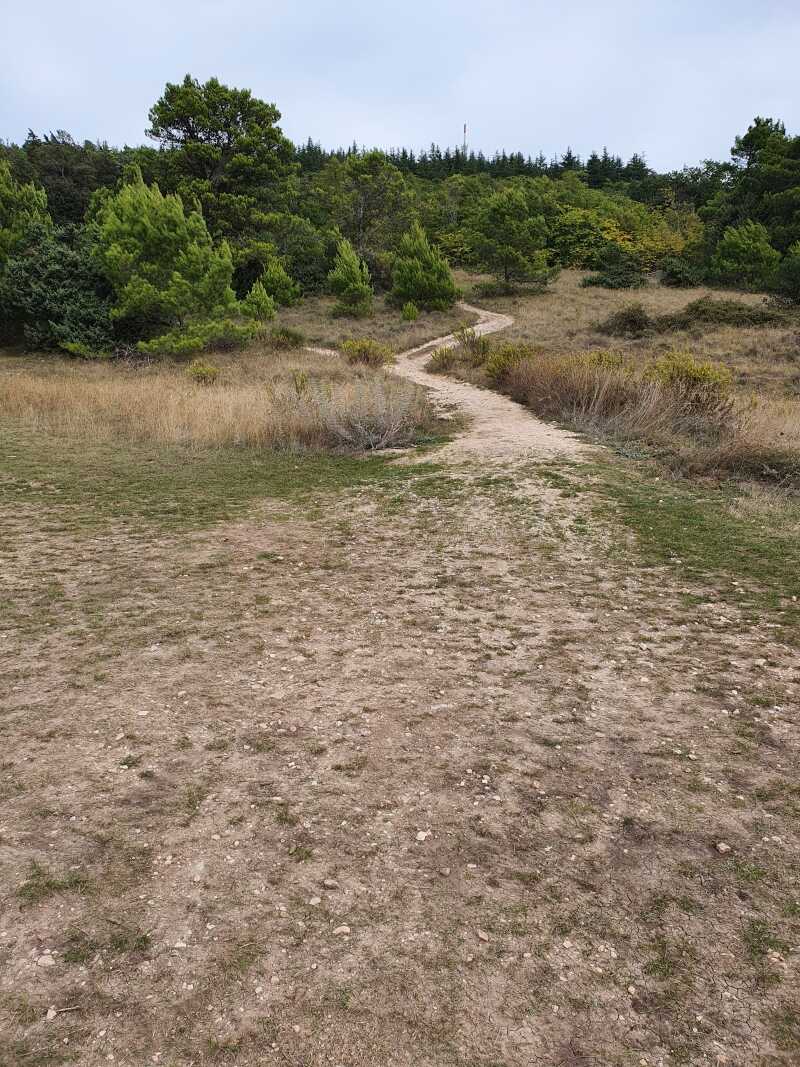
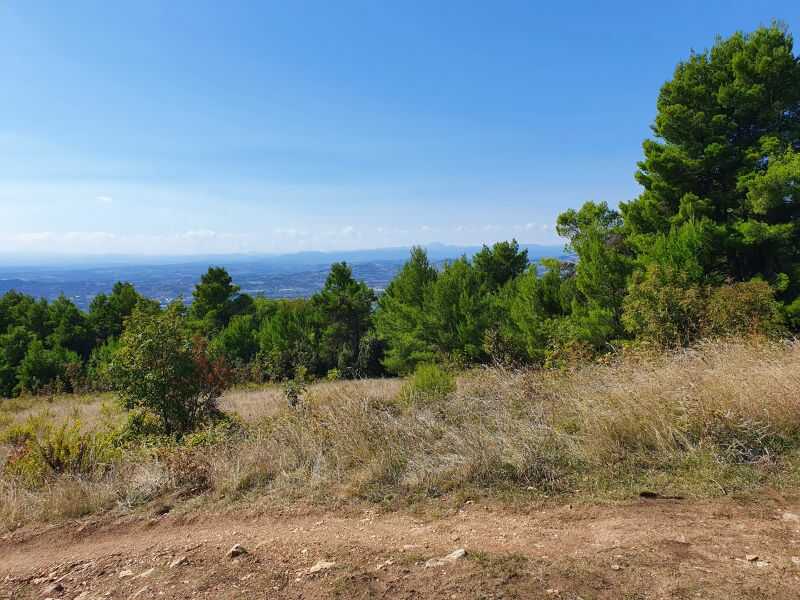
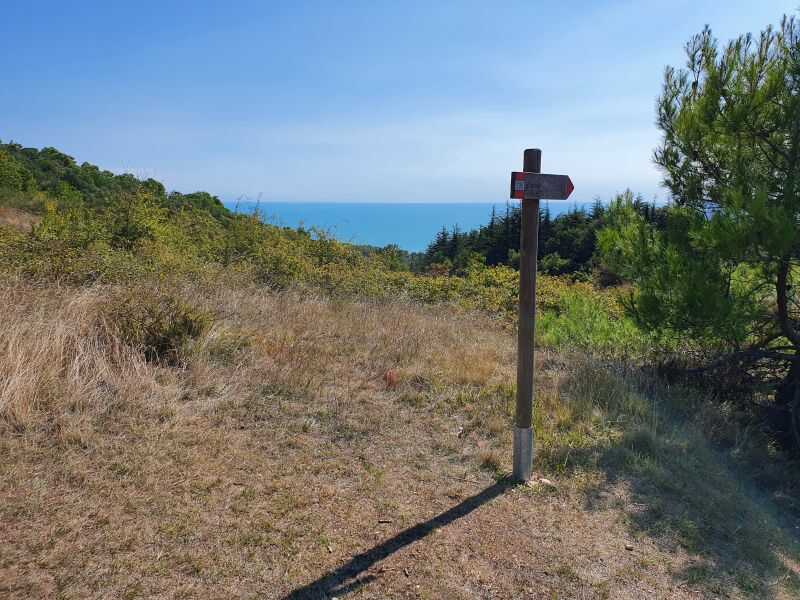
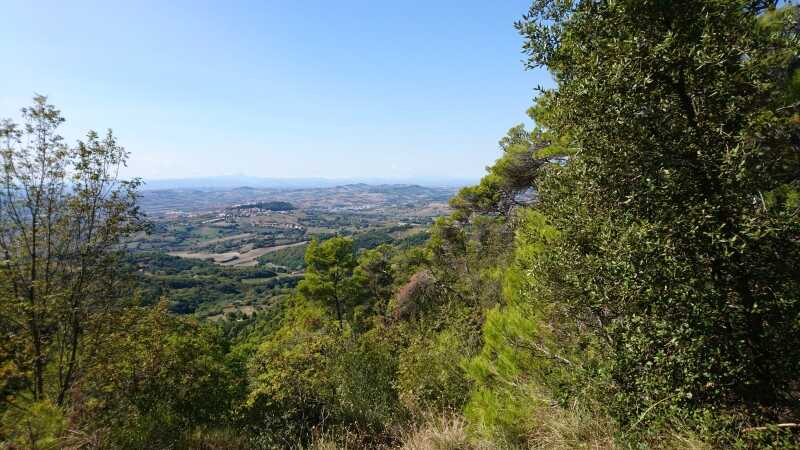


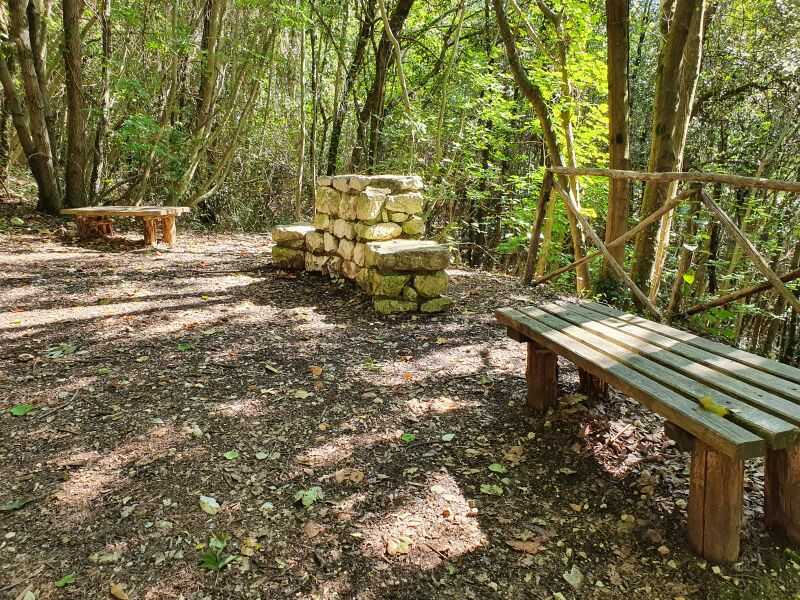
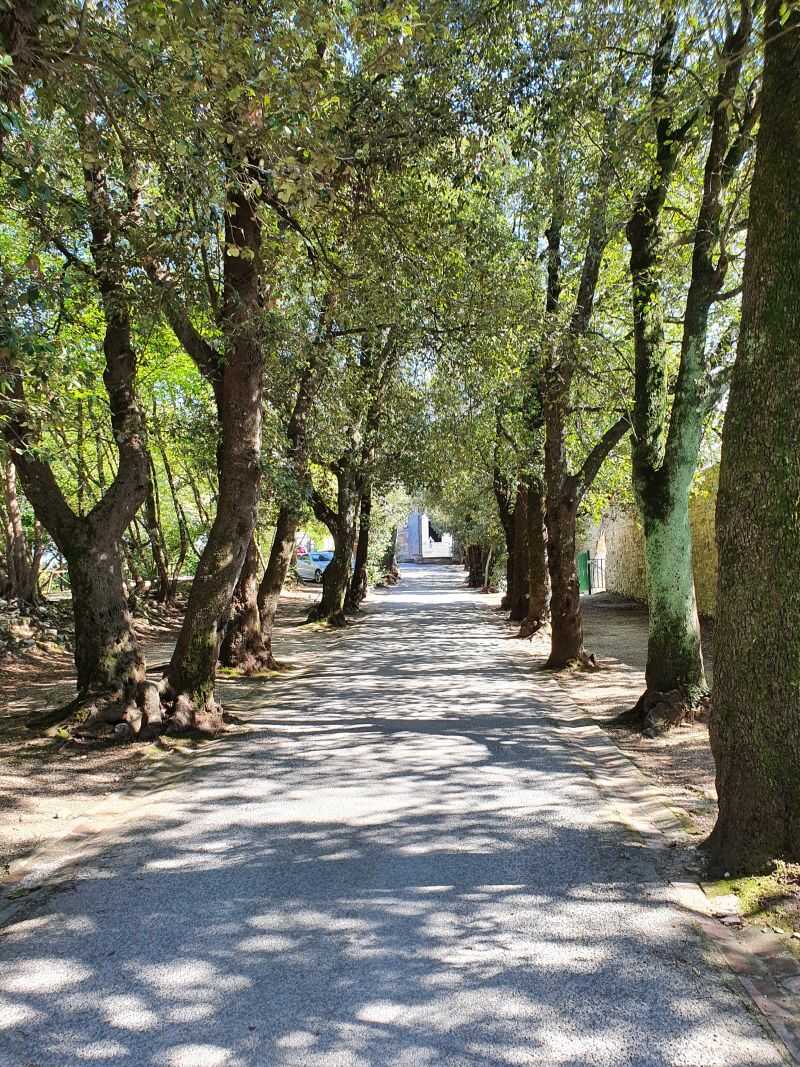
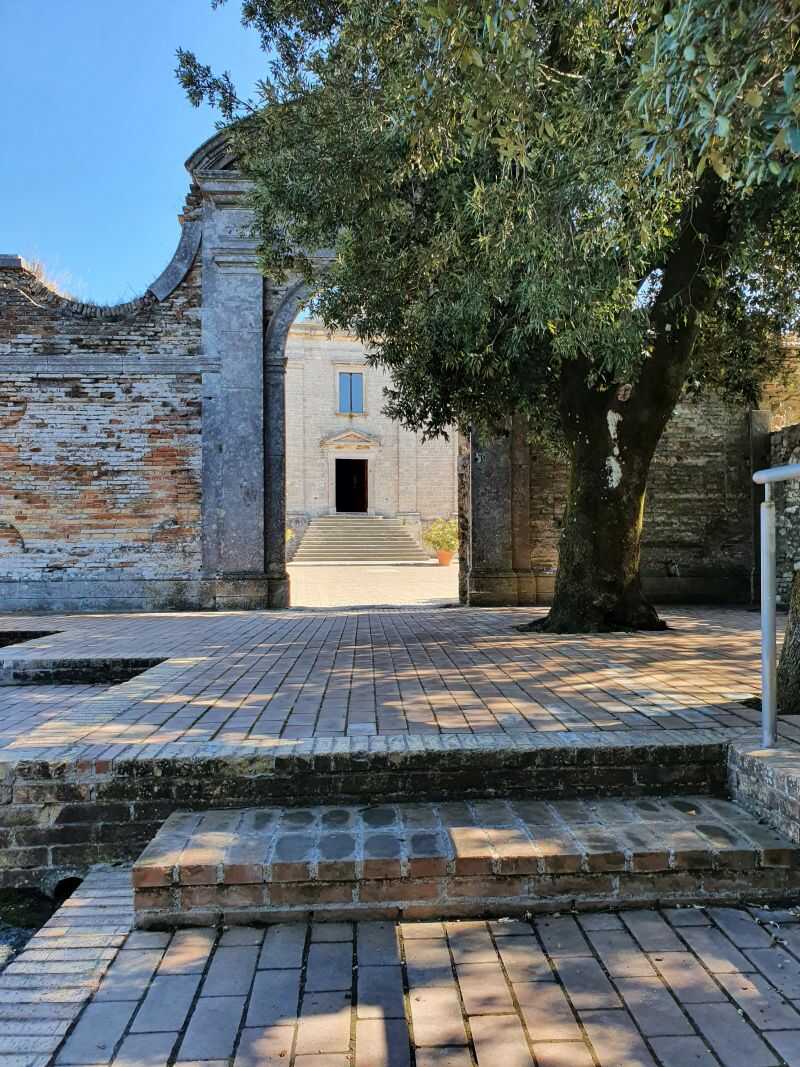
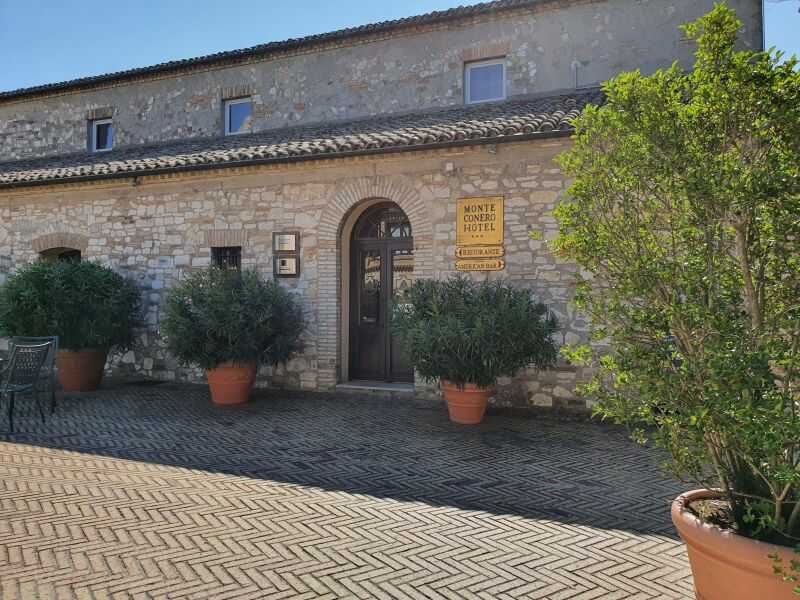
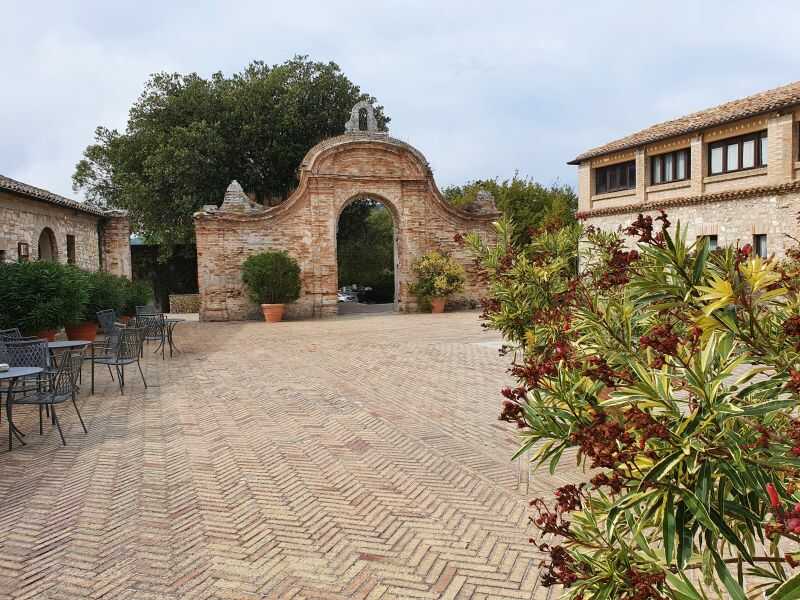
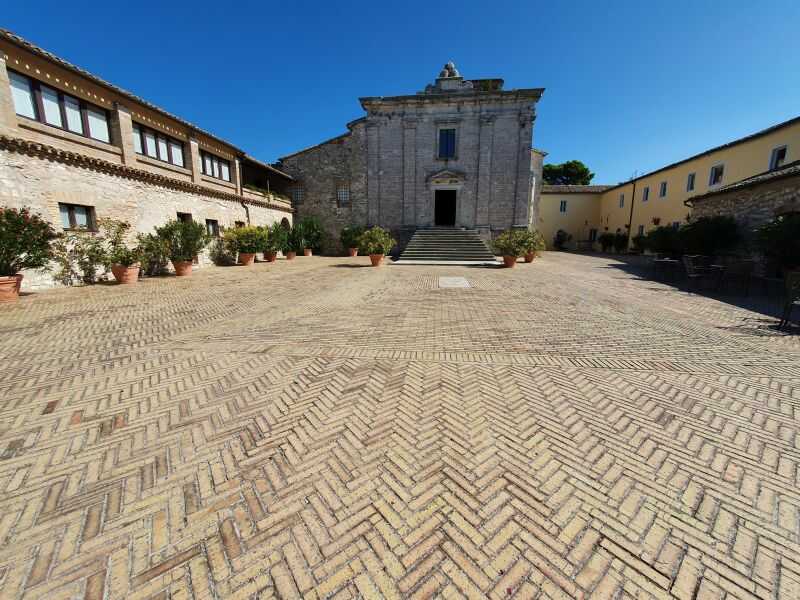
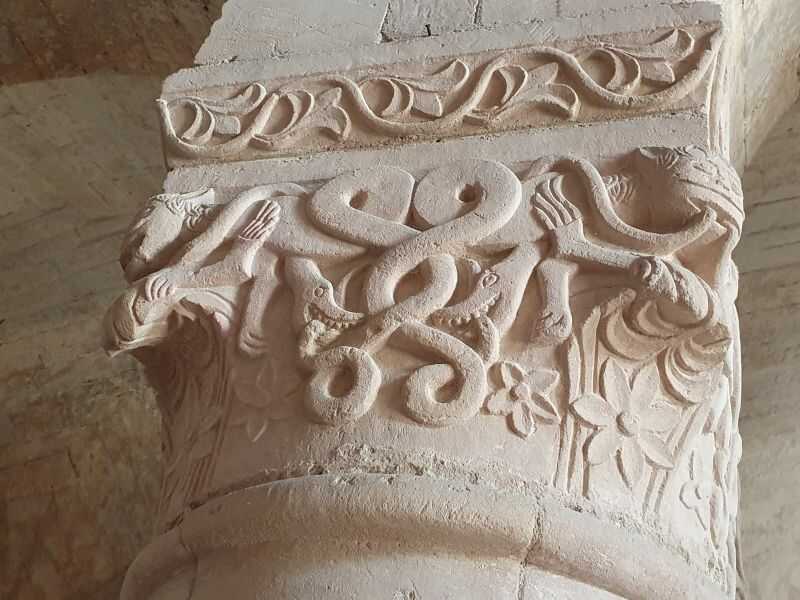
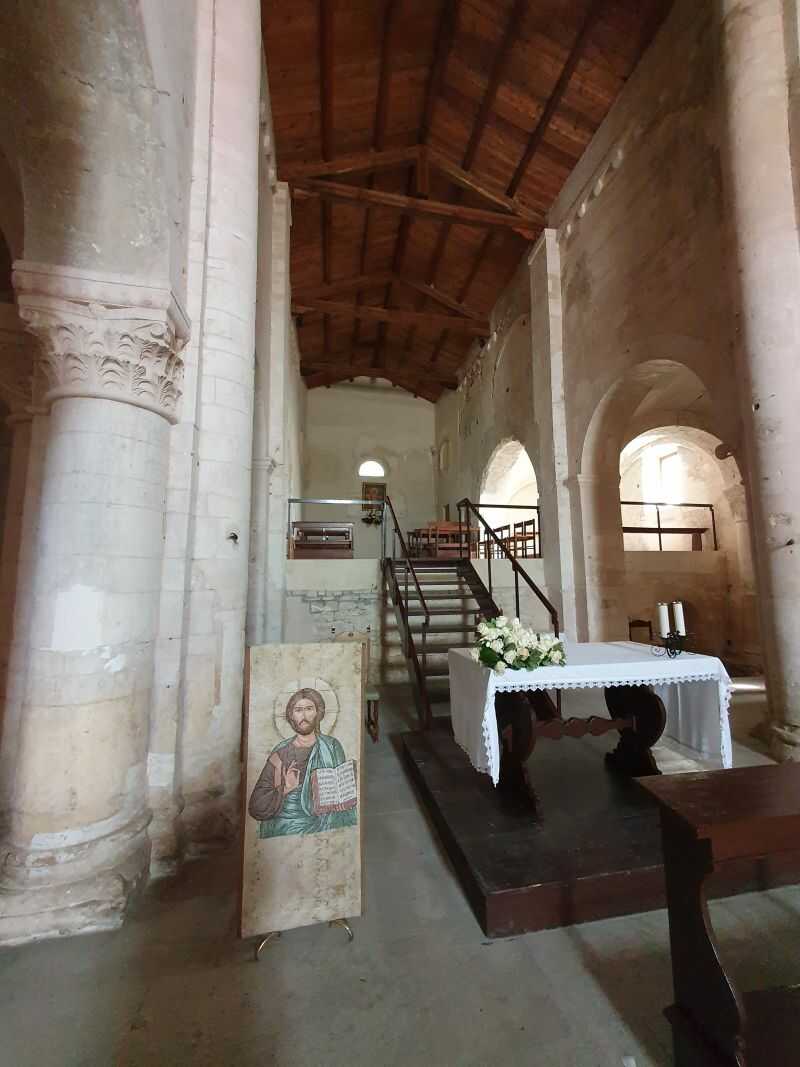
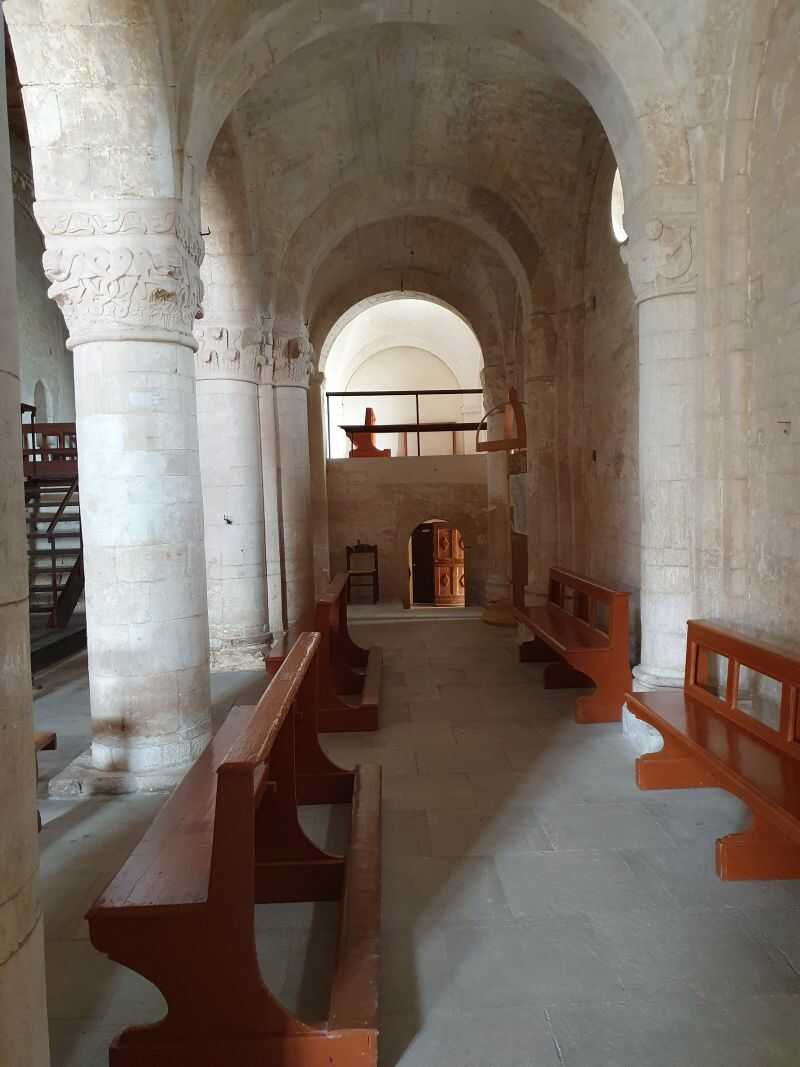
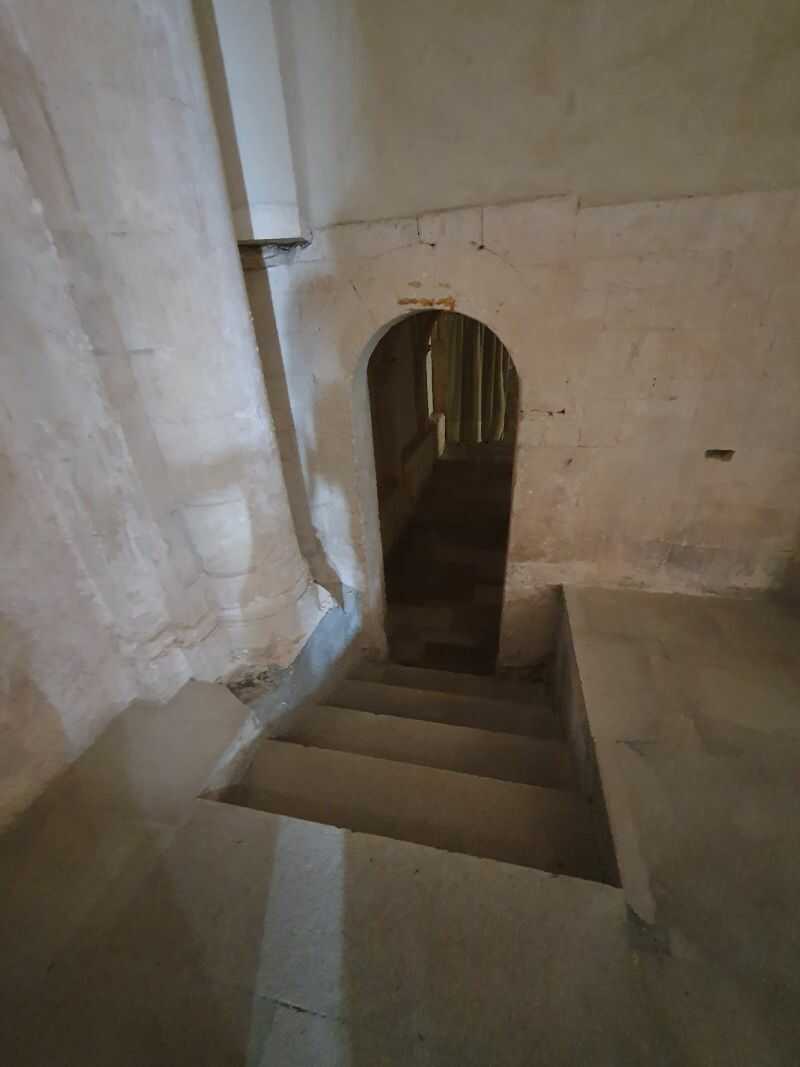
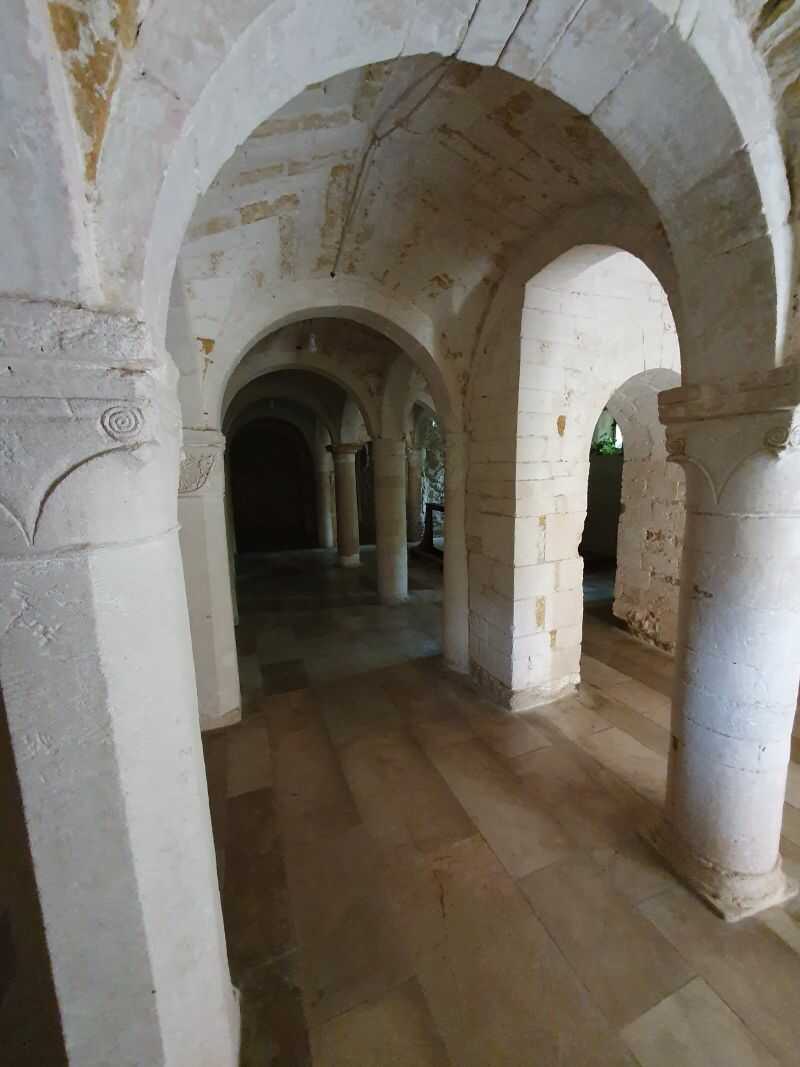
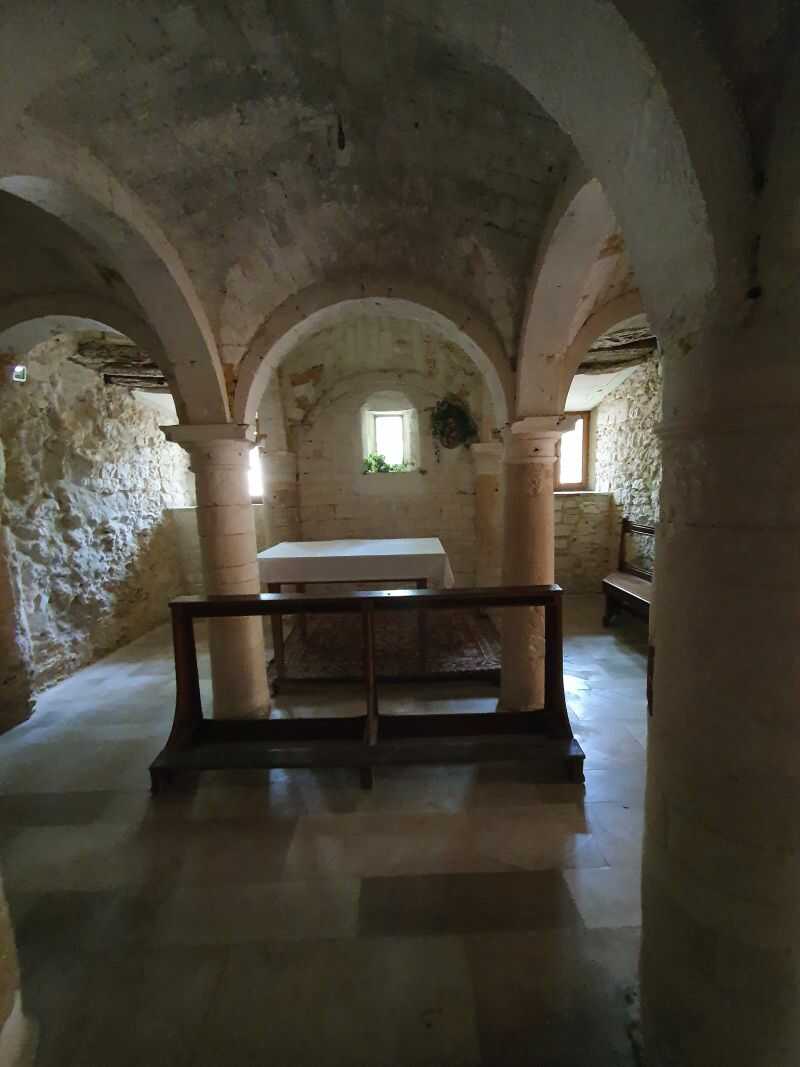
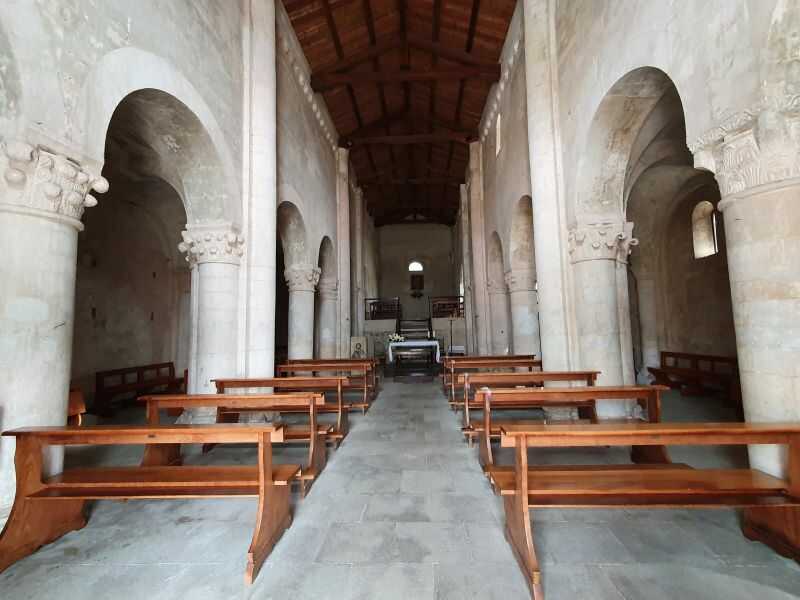
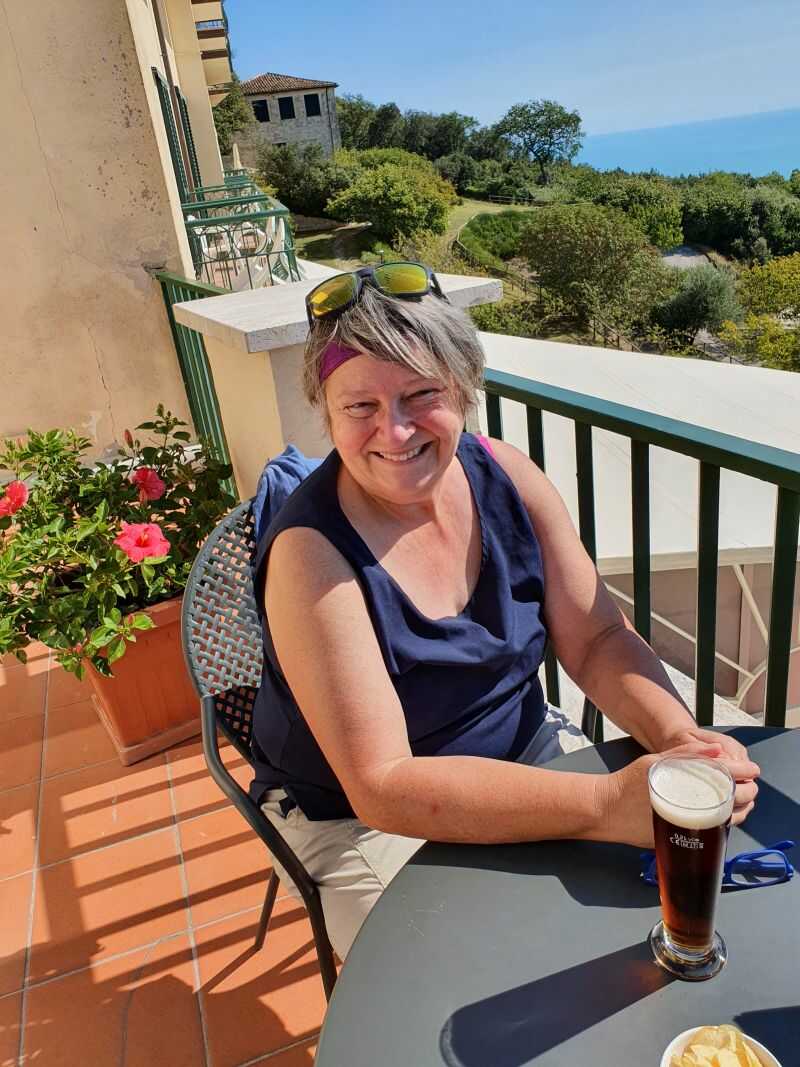
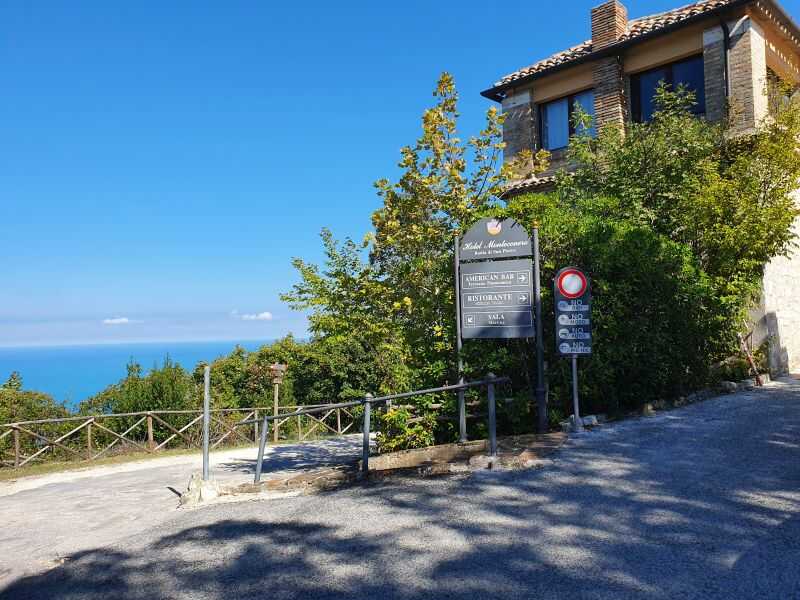

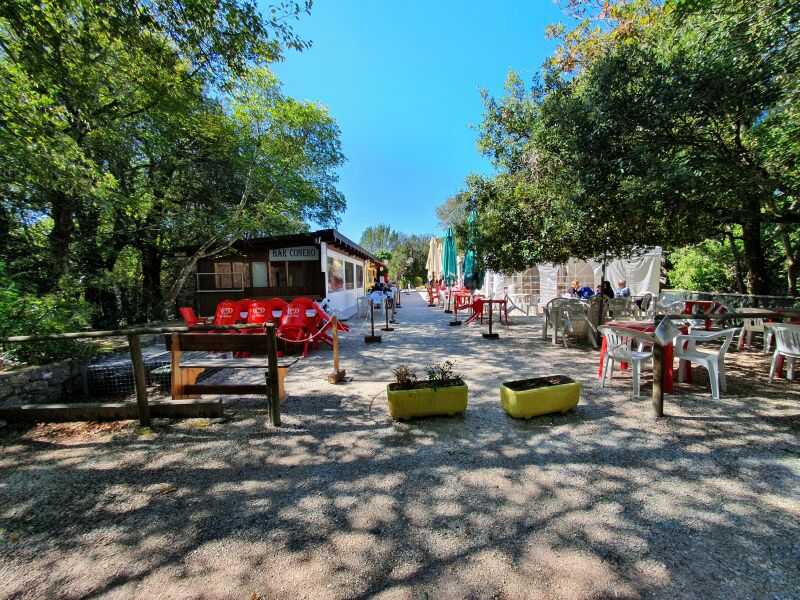
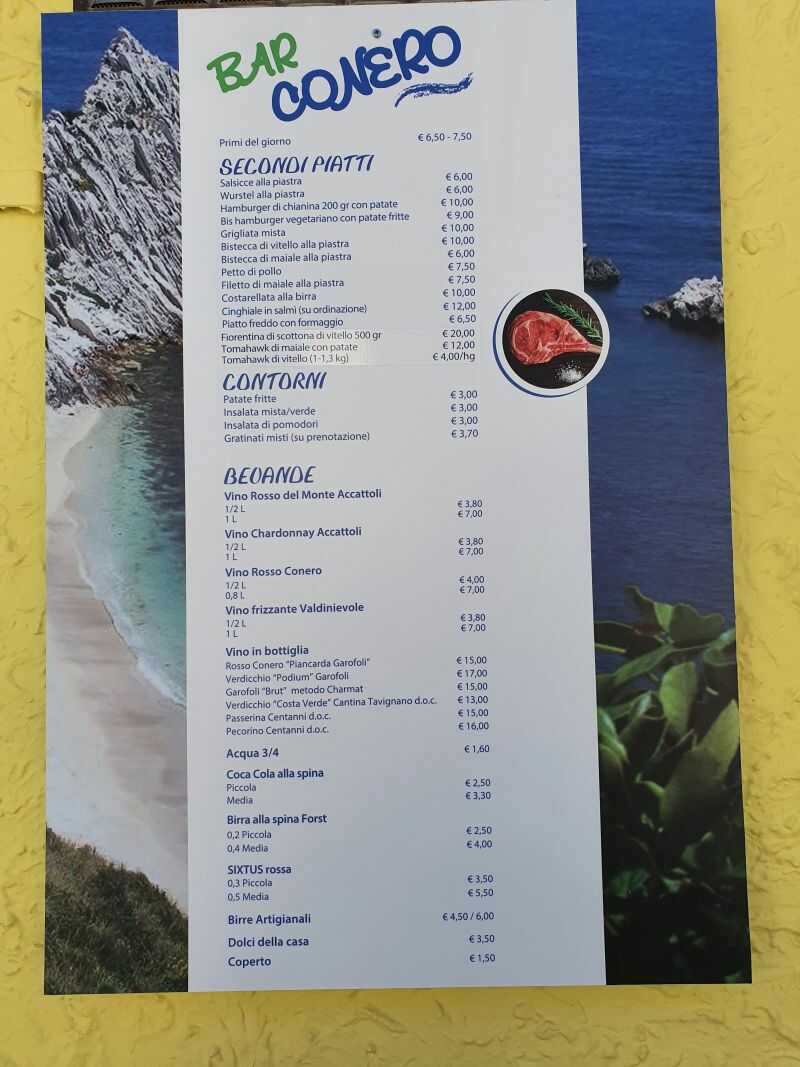
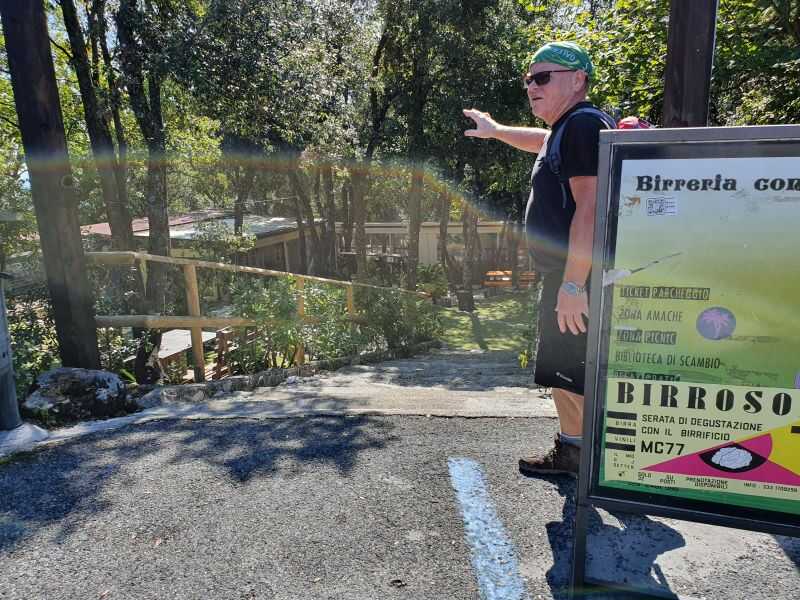
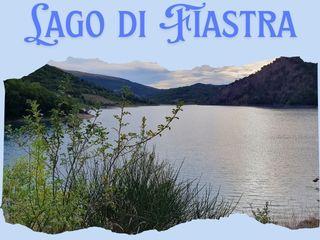
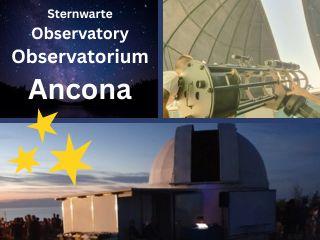

0 Comments